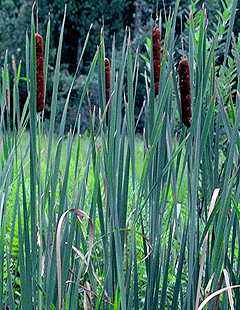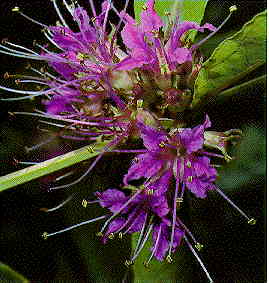

While it may not be necessary for the investigator to be a trained botanist, it is critical that at least the lead field investigator be well-versed in wetland flora. Being able to identify vegetation (grasses, forbs, shrubs and trees) as well as their indicator status* will be important in making defensible wetland delineations and management decisions.


Many excellent resources are available to assist you in making identifications and indicator determinations. Field guides and formal botany training courses offered by government agencies and colleges usually provide the investigator with sufficient information to make reasonable determinations and decisions.
The Oklahoma Biological Survey, in conjunction with the University of Oklahoma, has assembled a comprehensive document listing the wetland plant species of Oklahoma and the descriptive characteristics of each.


| *INDICATOR | SYMBOL | DESCRIPTION |
|---|---|---|
| obligate wetland | OBL | plants that occur almost exclusively (>99% of occurence) in wetlands under natural conditions but may rarely occur in non-wetland conditions |
| facultative wetland | FACW | plant that usually occur only(>66% of occurence) in weltands but may be found (up to 33% of the time) in non-wetland conditions |
| facultative | FAC | plant with a relatively equal probability of being found in wetlands and non-wetlands |
| facultative upland | FACU | plants that may sometimes occur in wetlands (up to 33% of occurences) but usually occur in non-wetland conditions |
| obligate upland | UPL | plants that occur rarely in wetlands (<1% of occurences) |